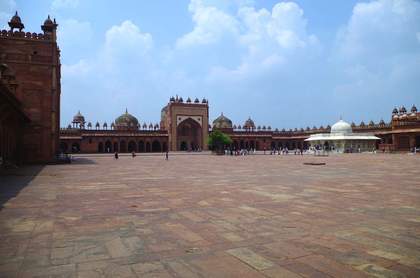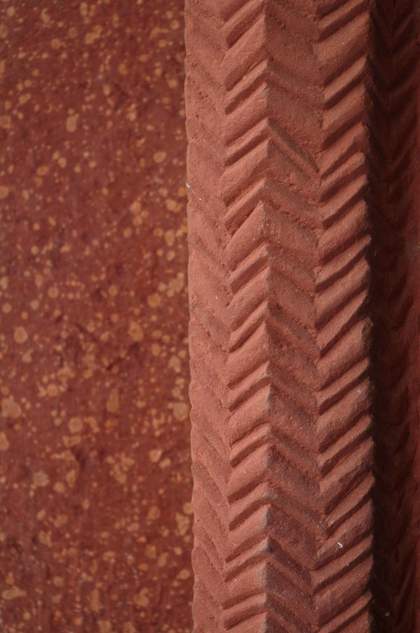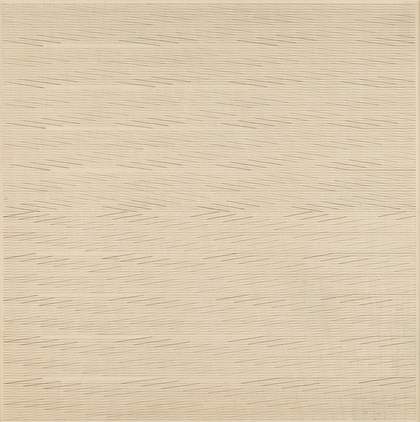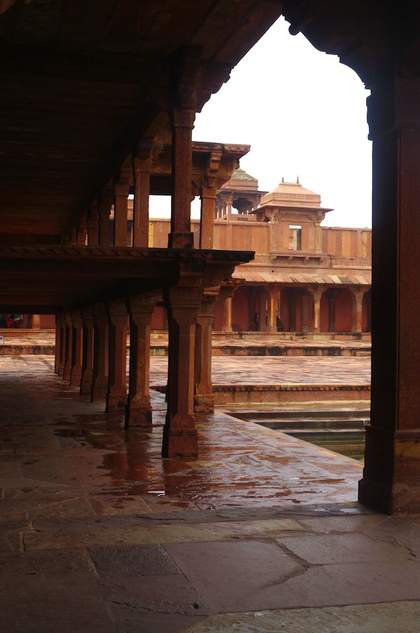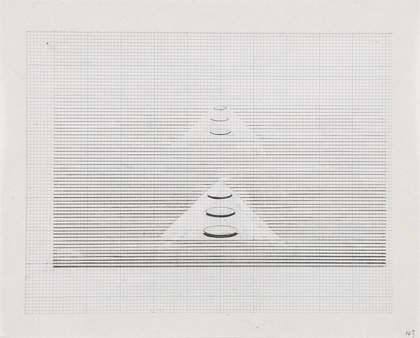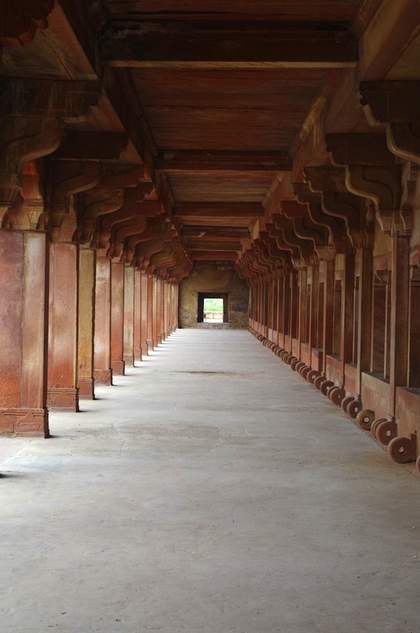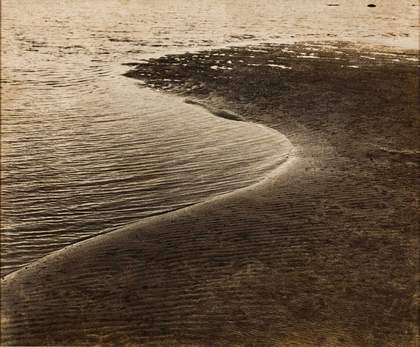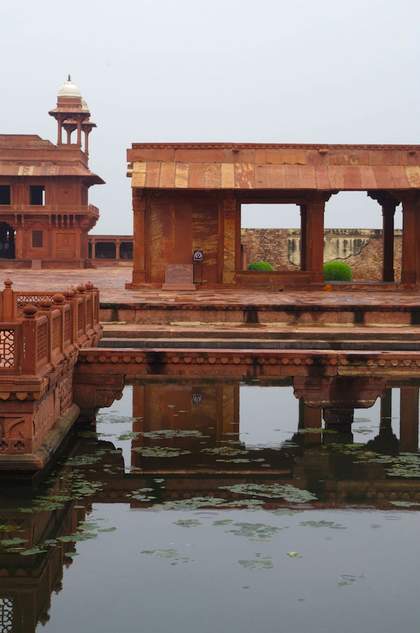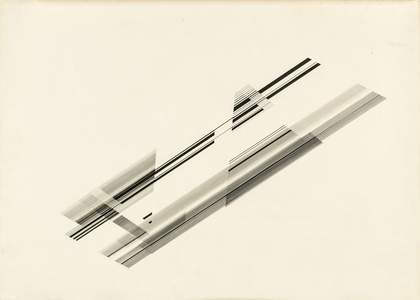
Nasreen Mohamedi, Untitled
© Glenbarra Art Museum
Nasreen Mohamedi’s meticulous works, constructed of line and geometric forms on paper, were inspired by the spaces she visited. By refining her attention to a small part of the overall space and removing any trace of human debris, Mohamedi scrupulously focuses on the forms at hand to create a purer more idealised version of the original space.
Known to be an admirer of Mughal architecture, Mohamedi found great inspiration in the ancient city of Fatehpur Sikri, which exhibits the vivacious features of sixteenth century Mughal architecture. Founded by Emperor Akbar, the third Mughal ruler of India, the city rose rapidly from a nondescript village to become the centre of the empire and a thriving commercial hub. In 1585, Ralph Fitch, an English traveller visited the city and wrote: ‘Agra and Fatehpur are two very great cities, either of them much greater than London and very populous’.
html PUBLIC "-//W3C//DTD HTML 4.0 Transitional//EN" "http://www.w3.org/TR/REC-html40/loose.dtd"
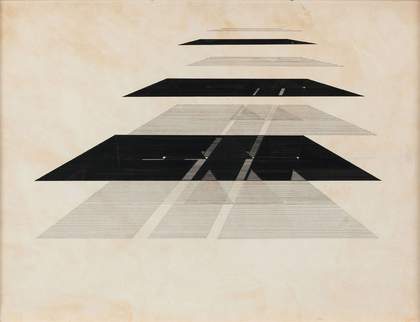
Nasreen Mohamedi, Untitled
© Courtesy Chatterjee & Lal
Perhaps in a similar way, Akbar was convinced of the importance that architecture had in empire-building, leading him to approach a sustained and systematic programme of construction throughout his reign. Fatehpur Sikri’s architecture is laden with intricate detail; each entrance, supporting pillar and court yard evidence of scrupulous planning. Mohamedi’s works are in some ways reminiscent of the city’s detailed blueprints, which may reflect her having something in common with Akbar’s ‘lofty’ mathematical architects or just a particular awareness of their skilful approach in planning the city. A previous student of Mohamedi’s explained: ‘Nasreen taught us drawing, not only with a pencil or brush but in the wider sense. Drawing from within our own resources, from the world around and from experience life provides’.
Wandering through this once great city it feels obvious that Mohamedi would have taken in the endless rows of paving stones that create their own lines and spaces, the beautiful shadow patterns created by numerous geometric screens and the angles the vivid Indian sun light creates as it beats down on the decadent buildings that still remain. Yet Mohamedi focused her concentration onto one small part of the city, honing in and removing the extended life and activity that has passed through the space, creating a timeless drawing by purifying it with her lines.

Nasreen at her studio in Bombay at the Bhulabhai Desai Institute Dated 2 Nov 1960
Photograph 4.2 x 6.2 in
Courtesy: Sikander and Hydari Collection
In 1585, Akbar, deciding to move his capital to Lahore, left Fatehpur Sikri and, never to return again, took the life from this once great city with them. Remaining a mere ghostly impression of the once thriving city it was, Fatehpur Sikri is now a UNESCO World Heritage Site and due to its close proximity to Agra, home of the Taj Mahal, is also one of India’s most visited sites.
The inspiration that Mohamedi would have found in Fatehpur Sikri will be obvious to anyone who has the opportunity to visit, but for those who don’t, just imagine walking directly into one of Mohamedi’s works; free to wander around the carefully thought out lines and angles she has created with exact precision. Mohamedi, in a similar way to Akbar, sought to create her idealised space on paper as, unlike Akbar, she was unable to create it in reality. The numerous parallels in the thinking of these two people who lived centuries apart leaves you wondering how the conversation might have flowed if they’d ever met.
Emma Sumner is a Freelance Artist, Curator and Writer currently on an extensive research trip through India, supported by Arts Council England, investigating the country’s independent art scene and its emerging artists
Nasreen Mohamedi is on display at Tate Liverpool until 5 October 2014

